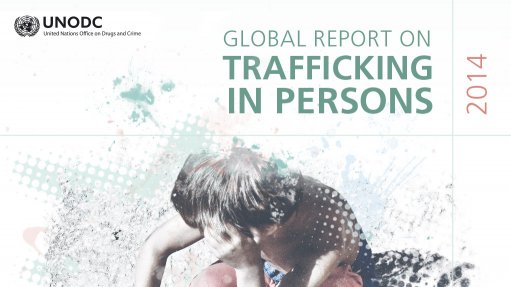
In 2010, just a few months short of the tenth anniversary of the adoption of the Trafficking in Persons Protocol, Member States renewed their commitment to the fight against trafficking in persons by adopting the United Nations Global Plan of Action to Combat Trafficking in Persons (contained in General Assembly resolution 64/293). In the framework of the Global Plan of Action, the General Assembly mandated UN Office on Drugs and Crime to collect information and publish a Global Report on Trafficking in Persons every two years.
The UNODC Global Report 2014 is the second of its kind mandated by the General Assembly. It covers 128 countries and provides an overview of patterns and flows of trafficking in persons at global, regional and national levels, based on trafficking cases detected between 2010 and 2012 (or more recent). The Global Report 2014 highlights the role of organized crime in trafficking in persons, and includes an analytical chapter on how traffickers operate. The worldwide response to trafficking in persons is also a focus of this edition of the Global Report.
Trafficking in persons is a truly global phenomenon: between 2010 and 2012, victims from at least 153 countries were detected in 124 countries worldwide. A great majority of the victims detected are females, although men and boys are also trafficked in significant numbers. Women and girls are not only trafficked for sexual exploitation, but also for forced labour and for other purposes. The percentage of children among victims is increasing and children now comprise nearly one third of all detected trafficking victims in the world.
Many countries have recently passed legislation criminalizing trafficking in persons as a specific offence. However, definitions of human trafficking vary, as does the capacity to identify offenders and victims. The overall criminal justice response to trafficking in persons, which has historically been very weak, has not improved.
The Country Profiles of the Global Report present a national level analysis for each of the 128 countries covered by this edition of the report.